
The Enigma of the Shroud of Turin
Will Richard Dawkins take on the Shroud?
Shroud/Dawkins Challenge

Claim your prize
We'll donate £20,000 to your foundation. You can claim a victory and solve a great mystery.

Will you accept...
…an opportunity to demonstrate that the Shroud could be medieval?

If you decline...
...please grant the Shroud the respect it deserves as a remarkable enigma.

The Criteria
Since it was first announced this Challenge has been taken up by Shroud scientists collectively. At a conference held in Valencia held in April 2012 a list of criteria defining the Shroud image was established as the basis for anyone to take up the challenge of recreating the Shroud mage. If it is the medieval creation Dawkins has stated it must be then - put very simply - how on earth was it made? So far, even 21st Century technology has not found a way. Perhaps Richard Dawkins and his Foundation can show us how it could have been done.

Dr John Jackson, (above left) one of the signatories of the Valencia definition, was leader of the team that had full access to the Shroud in order to carry out the most thorough investigation. He is seen above discussing some of the image problems with Rageh Omaar in my 2008 for the BBC. His paper on the problems with reconciling the Shroud image with the increasingly questionable C14 date can be found here. (That is also Dr Jackson in the banner at the top of the page with the Shroud itself).
An open letter to Richard Dawkins
29th March 2012
Dear Richard Dawkins
It is really not sufficient to dismiss the Shroud, as you do, on the basis of a C14 test from a single and badly selected sample area. Are you really saying that C14 has never made a mistake? Archaeologists frequently go back to retest something when other data conflicts. That has been impossible with the Shroud. In your Shroud blog you argue, rightly in my view, that it is not enough for Christian apologists to weigh faith heavier than facts. After all, Christianity is based on a historical figure. The Shroud of Turin is a
much-studied tangible object and it is a very significant fact that its unique image - so far - remains unfathomable. But that could be about to change if you, with the weight of your formidable foundation behind you, choose to accept this challenge.
When Professor Hall, Head of the Oxford Radio Carbon Unit announced the C14 result he was asked for his explanation for the Shroud. He said: “Someone just got a bit of linen, faked it up and flogged it”. This sounded a bit glib at the time and now, over twenty years on, it is beginning to sound a little hollow. No one has yet been able to show how it might have been “faked up”.
Accepting this challenge would appear to be consistent with your foundation's mission. Does it not represent a wonderful educational opportunity to investigate what some have suggested could only have been the work of a Leonardo Da Vinci? To make the decision easier for you we will donate the £20,000 to your foundation if you simply accept the challenge and follow it through to some kind of conclusion. The public can make up their own minds about the result.*
The challenge then, if you choose to accept it, is to explain how the Shroud and its image might have come into existence. You will find a list of the most significant image characteristics here. If you cannot pin it down then, in all conscience, you should, at least, give it the appropriate respect as an enigma. If you can explain it then this site’s title becomes a misnomer and you will have solved a great mystery. Everyone would like to see this matter resolved. Could you be the one to do it?
With all good wishes
David Rolfe
Publisher
Shroud-enigma.com* This £20,000 donation is not made possible because championing the possible authenticity of the Shroud is well funded or lucrative operation - far from it - but because your acceptance would trigger a commission for a documentary along the lines of our 2008 BBC2 film with Rageh Omaar. If you wish, you could nominate an executive producer.
[Close]When Professor Hall, Head of the Oxford Radio Carbon Unit announced the C14 result he was asked for his explanation for the Shroud. He said: “Someone just got a bit of linen, faked it up and flogged it”. This sounded a bit glib at the time and now, over twenty years on, it is beginning to sound a little hollow. No one has yet been able to show how it might have been “faked up”.
Accepting this challenge would appear to be consistent with your foundation's mission. Does it not represent a wonderful educational opportunity to investigate what some have suggested could only have been the work of a Leonardo Da Vinci? To make the decision easier for you we will donate the £20,000 to your foundation if you simply accept the challenge and follow it through to some kind of conclusion. The public can make up their own minds about the result.*
The challenge then, if you choose to accept it, is to explain how the Shroud and its image might have come into existence. You will find a list of the most significant image characteristics here. If you cannot pin it down then, in all conscience, you should, at least, give it the appropriate respect as an enigma. If you can explain it then this site’s title becomes a misnomer and you will have solved a great mystery. Everyone would like to see this matter resolved. Could you be the one to do it?
With all good wishes
David Rolfe
Publisher
Shroud-enigma.com* This £20,000 donation is not made possible because championing the possible authenticity of the Shroud is well funded or lucrative operation - far from it - but because your acceptance would trigger a commission for a documentary along the lines of our 2008 BBC2 film with Rageh Omaar. If you wish, you could nominate an executive producer.

Here is Dr. Paolo di Lazzaro and his team at ENEA in Italy who you claimed argued from a position of "personal incredulity". In fact, they are scientists who share your belief that evidence is the best way to determine the truth of things. Are you prepared to take them on? You can see more from Dr. Di Lazzaro in this Telegraph piece.




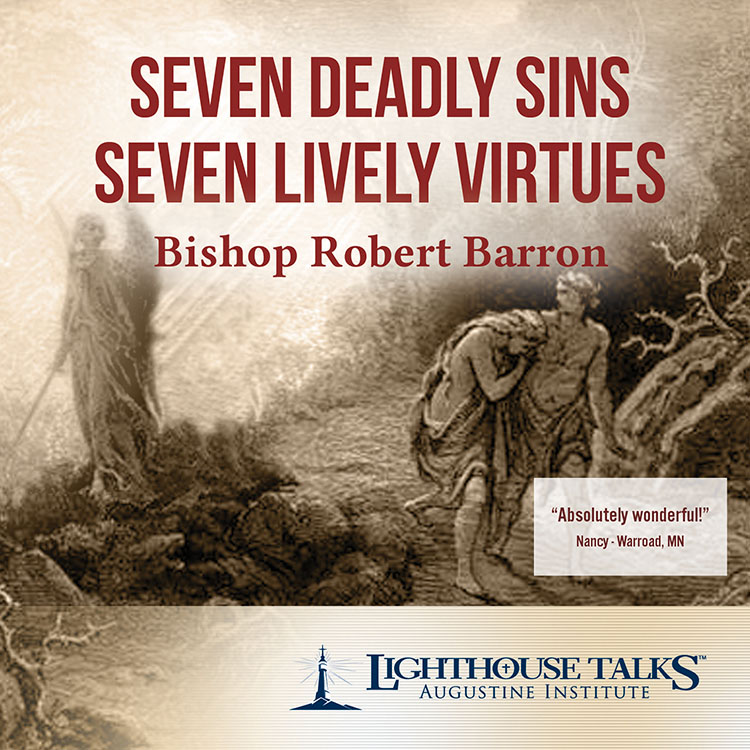

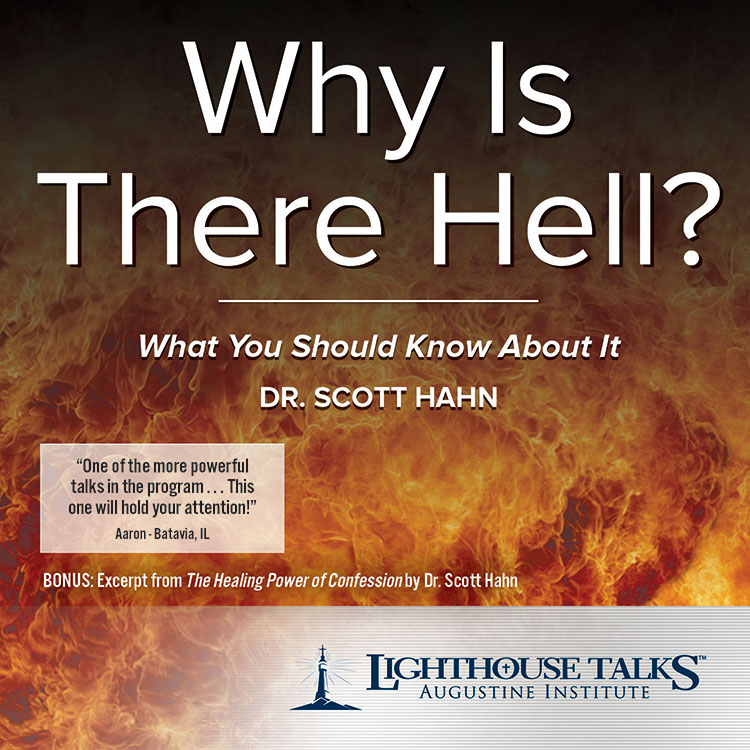
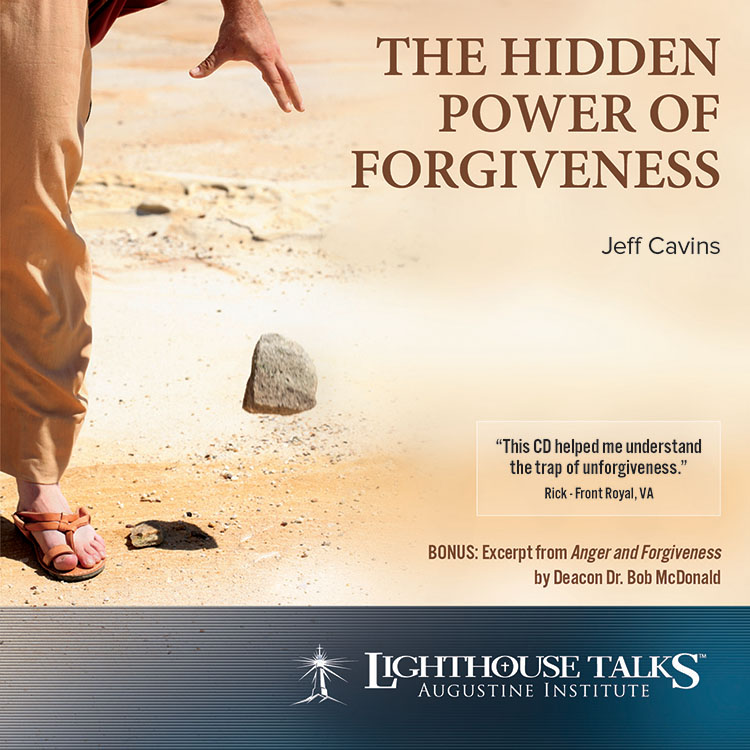
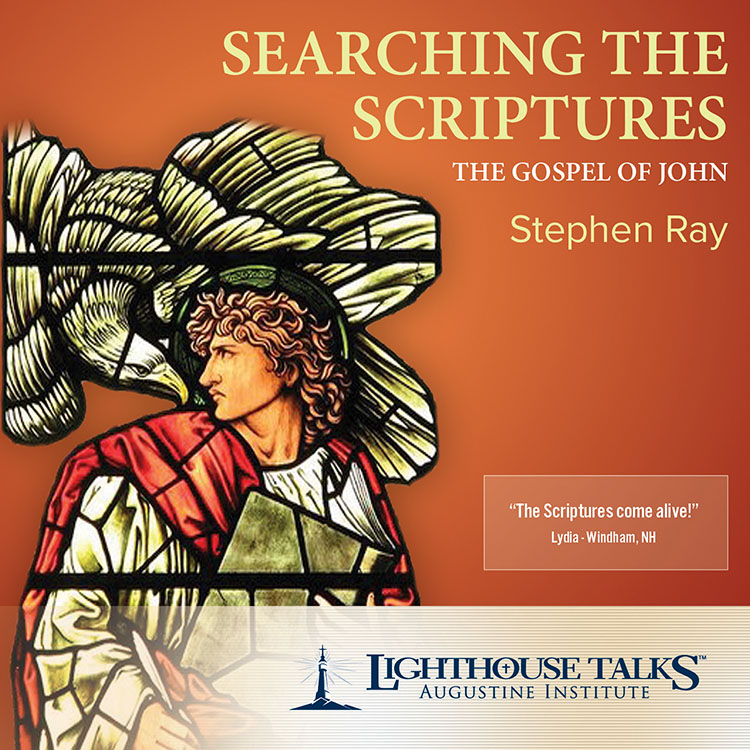

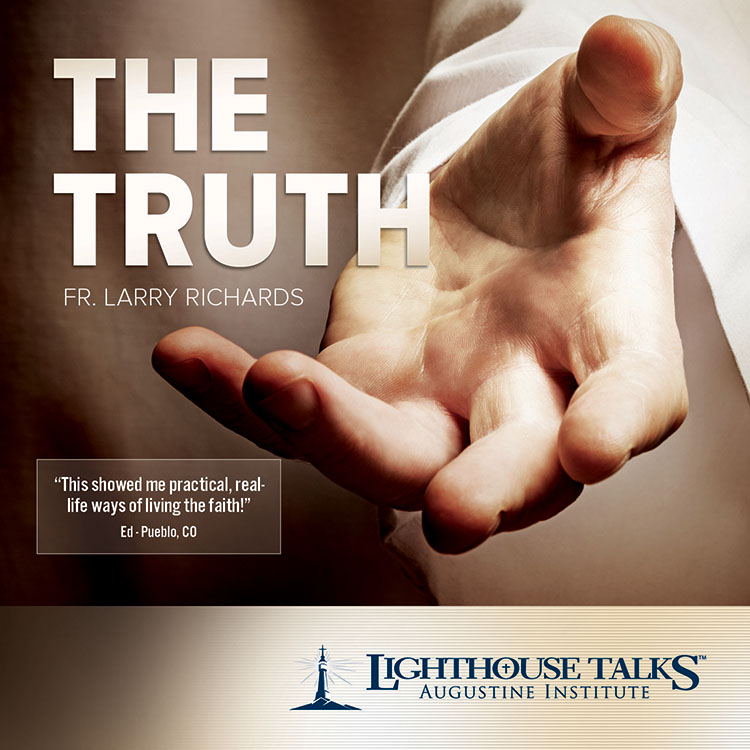


Share